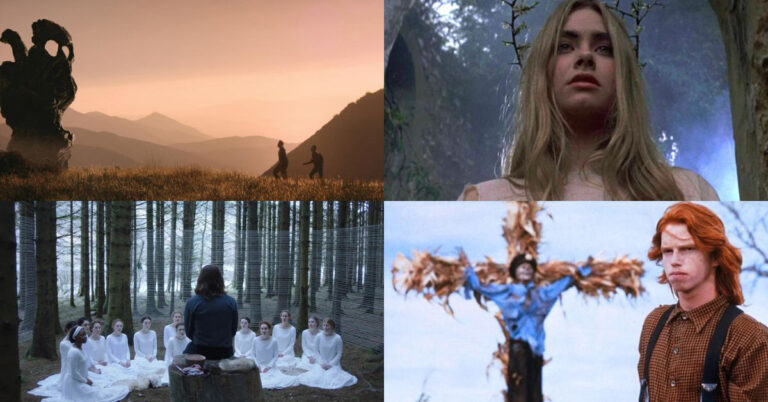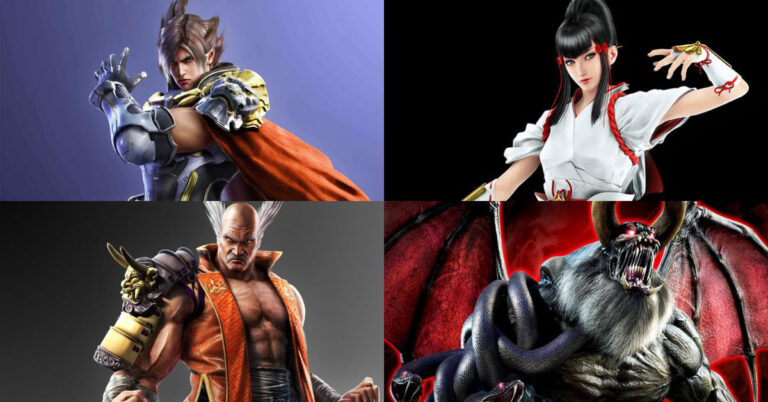20 Strongest Mythological Creatures (Ranked)
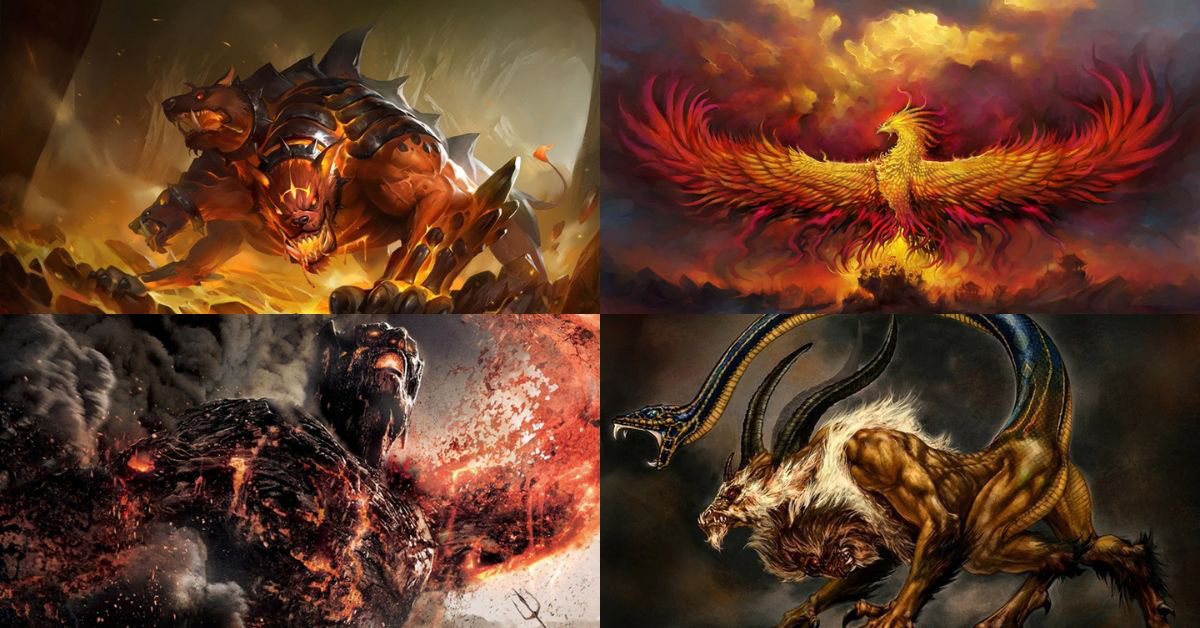
Mythological creatures have captured the imagination of people for centuries, with tales of powerful beings that possess extraordinary abilities and traits. From dragons and griffins to unicorns and centaurs, these creatures have played a prominent role in folklore and mythology around the world. In this article, we will explore some of the strongest mythological creatures ever recorded, examining their unique abilities and the stories that surround them.
Whether they are fierce warriors or magical beings, these creatures are sure to leave a lasting impression on anyone who encounters them.
20. The Dragons (in various mythologies)
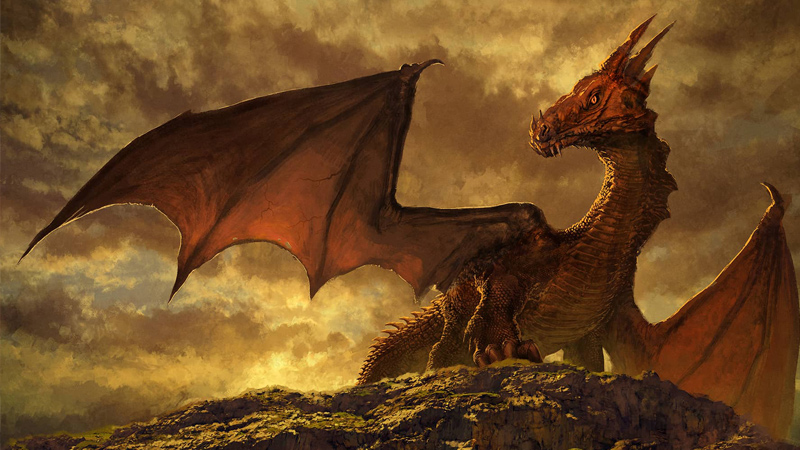
Dragons are powerful mythical creatures that have been present in various mythologies around the world. In many cultures, dragons are depicted as large, serpentine or reptilian creatures with wings, sharp teeth and claws, and the ability to breathe fire. They are often depicted as intelligent, cunning, and fiercely protective of their treasures.
In some mythologies, dragons are depicted as being nearly invulnerable, with thick scales that can deflect even the strongest of weapons. They are also often depicted as being incredibly strong and able to cause great destruction with their fire breath. In many stories, dragons are depicted as fearsome foes that can only be defeated by brave heroes or powerful gods.
However, not all dragons are depicted as evil or malevolent. In some mythologies, dragons are revered as symbols of power and wisdom, and are sometimes seen as guardians or protectors.
Overall, the strength of dragons in mythology varies depending on the specific story and culture in which they appear. Some dragons are depicted as being nearly indestructible, while others may have weaknesses that can be exploited by their enemies. Regardless of their specific abilities and strength, dragons remain an enduring and iconic part of myth and folklore around the world.
19. The Gods and Goddesses (of Greek and Roman mythology)
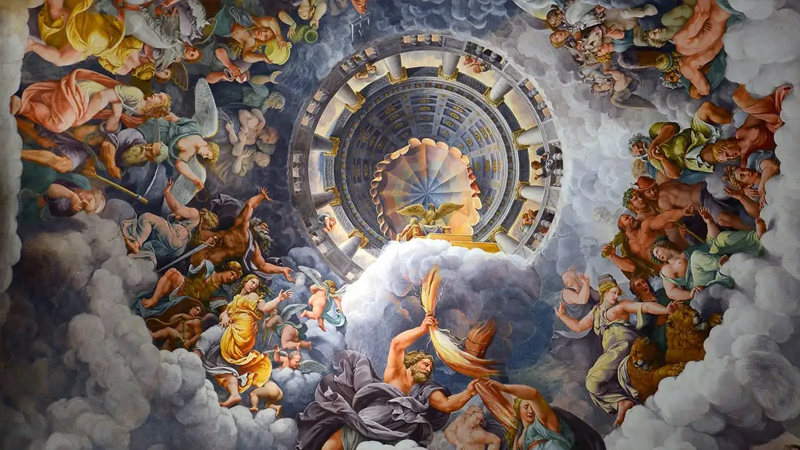
The Gods and Goddesses of Greek and Roman mythology were a powerful and influential group of deities who were believed to rule over various aspects of the natural world and human experience. These deities were often depicted as being immortal and possessing great strength, as well as various other powers and abilities.
Some of the most well-known gods and goddesses of Greek and Roman mythology include:
- Zeus: The king of the gods and the god of thunder, lightning, and the sky. He was depicted as being one of the strongest and most powerful of the gods.
- Poseidon: The god of the sea, earthquakes, and horses. He was also depicted as being a powerful deity, with the ability to control the oceans and cause earthquakes with his trident.
- Hades: The god of the underworld and the dead. He was depicted as being a powerful deity, with control over the realm of the dead and the ability to bring people back from the dead.
- Athena: The goddess of wisdom, war, and crafts. She was known for her intelligence and strategic thinking, and was often depicted as being a powerful warrior.
- Apollo: The god of music, poetry, and prophecy. He was known for his musical abilities and was often depicted as being a powerful and skilled archer.
- Ares: The god of war. He was known for his ferocity and strength in battle, and was often depicted as being a powerful and feared warrior.
Overall, the strength of the gods and goddesses of Greek and Roman mythology varied depending on their specific domain and abilities. Some were depicted as being nearly indestructible, while others may have had specific weaknesses that could be exploited. Regardless of their specific abilities, the gods and goddesses of Greek and Roman mythology were revered as powerful and influential beings who played a significant role in the lives of ancient people.
18. The Titans
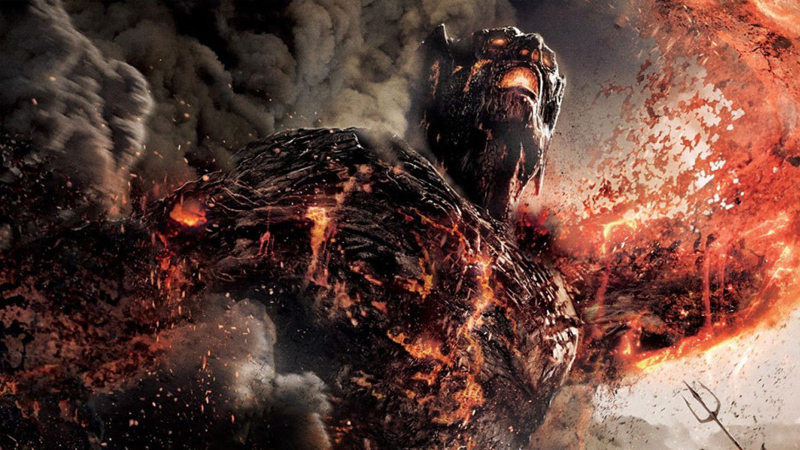
The Titans were a group of deities in Greek mythology who were believed to be the children of the primordial deities Uranus (the sky) and Gaia (the earth). They were depicted as being a powerful and influential group of deities, with many of them ruling over various aspects of the natural world.
Some of the most well-known Titans include:
- Cronus: The leader of the Titans and the god of time. He was known for his strength and power, and was feared by many of the other gods and goddesses.
- Oceanus: The god of the oceans and the sea. He was depicted as being a powerful deity, with control over the oceans and the ability to cause tidal waves.
- Hyperion: The god of the sun, light, and the east. He was depicted as being a powerful deity, with control over the sun and the ability to bring light to the world.
- Themis: The goddess of justice, order, and law. She was known for her wisdom and fairness, and was often depicted as being a powerful and influential figure.
The Titans were eventually defeated by the younger generation of gods, known as the Olympians, in a great war known as the Titanomachy. The Titans were imprisoned in the underworld, and the Olympians took their place as the rulers of the world.
Overall, the Titans were depicted as being powerful deities with various abilities and domains. Some were depicted as being nearly indestructible, while others may have had specific weaknesses that could be exploited. Despite their defeat in the Titanomachy, the Titans remained an influential and enduring part of Greek mythology.
17. The Furies
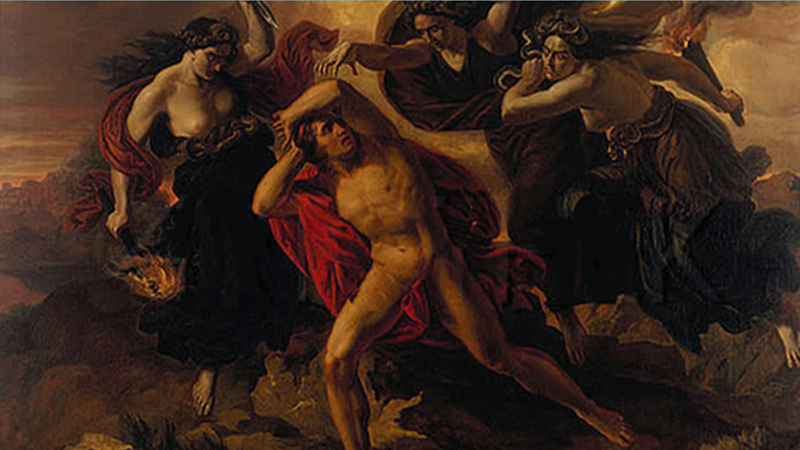
The Furies, also known as the Erinyes, were a group of deities in Greek mythology who were associated with punishment and vengeance. They were often depicted as being terrifying and fearsome beings, with snakes in their hair and blood-red eyes.
There were three main Furies: Alecto, Megaera, and Tisiphone. Alecto was the Fury of unending anger and retribution, Megaera was the Fury of jealousy and envy, and Tisiphone was the Fury of revenge. The Furies were often depicted as being relentless in their pursuit of justice and were known for their ability to drive people mad with their curses.
The Furies were also associated with the underworld and were sometimes depicted as being the guardians of the entrance to the realm of the dead. They were known for their ability to punish the souls of the damned and were feared by many.
Overall, the Furies were depicted as being powerful and fearsome deities with the ability to punish and inflict suffering on those who transgressed the laws of justice. They were often seen as being implacable and relentless in their pursuit of retribution, and were feared by many in the ancient world.
16. The Satyrs
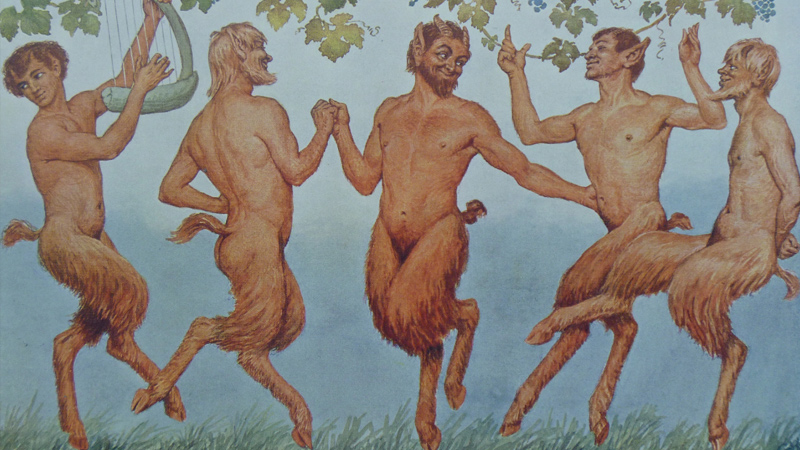
Satyrs were mythical creatures in Greek mythology that were half-human, half-goat. They were known for their mischievous and hedonistic nature, and were often depicted as being fond of music, wine, and revelry.
Satyrs were depicted as having the upper body of a human and the lower body of a goat, with horns, pointed ears, and a goat’s tail. They were also often depicted as having a thick, shaggy beard and a lecherous nature.
In terms of strength, Satyrs were generally depicted as being physically strong and agile, but not necessarily on par with the gods or other powerful deities. They were known for their athleticism and were often depicted as being skilled dancers and musicians.
Overall, Satyrs were seen as playful and mischievous creatures who were associated with music, wine, and pleasure. They were not necessarily depicted as being particularly strong or formidable, but rather as being light-hearted and carefree beings who enjoyed the simple pleasures of life.
15. The Centaurs
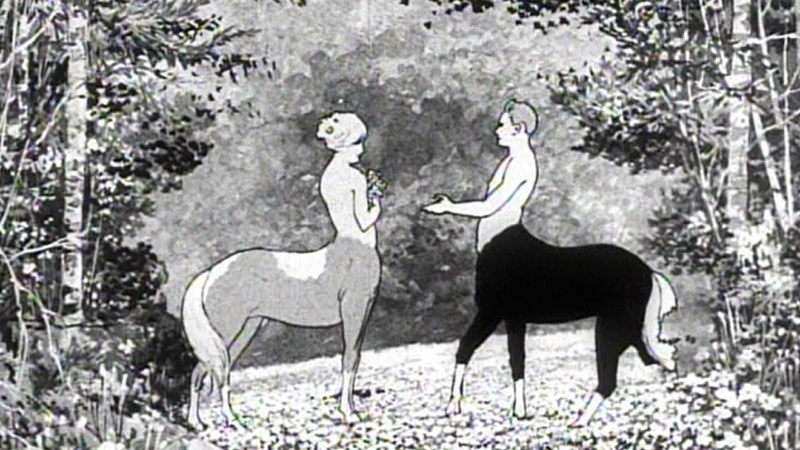
Centaurs were mythical creatures in Greek mythology that were half-human, half-horse. They were depicted as having the upper body of a human and the lower body of a horse, with the horse’s legs and hooves replacing the human legs.
Centaurs were known for their physical strength and agility, as well as their wild and uncontrollable nature. They were often depicted as being skilled in the use of weapons, particularly the bow and arrow, and were sometimes depicted as being fierce warriors.
There were also more peaceful and wise centaurs in Greek mythology, such as the centaur Chiron, who was known for his knowledge and skill in healing and education. Chiron was considered to be one of the wisest and most civilized of the centaurs, and was respected by the gods for his wisdom and knowledge.
Overall, the strength of centaurs in Greek mythology varied depending on the specific story and the individual centaur in question. Some were depicted as being fierce and skilled warriors, while others were depicted as being more peaceful and wise. Regardless of their specific abilities, centaurs remained an enduring and iconic part of Greek mythology.
14. The Harpies
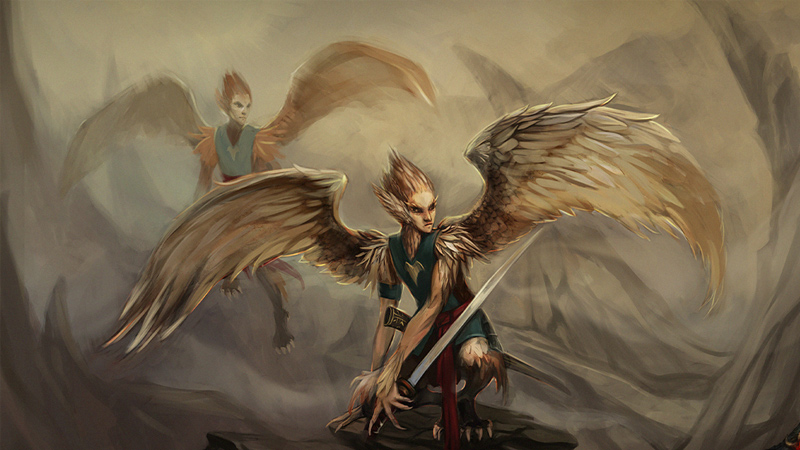
Harpies were mythical creatures in Greek mythology that were half-woman, half-bird. They were depicted as having the upper body of a woman and the lower body of a bird, with wings and talons in place of human legs and feet.
Harpies were known for their terrifying appearance and their ability to fly, and were often depicted as being malevolent and cruel. They were said to have the power of prophecy and were sometimes associated with the Furies, the deities of punishment and vengeance.
In terms of strength, Harpies were generally depicted as being physically strong and agile, with the ability to fly and attack their victims with their talons. They were also sometimes depicted as being able to cause storms and other natural disasters with their wings.
Overall, Harpies were seen as fearsome and malevolent creatures in Greek mythology, with the ability to fly and attack their victims with their talons. They were often associated with punishment and retribution, and were feared by many in the ancient world.
13. The Sirens
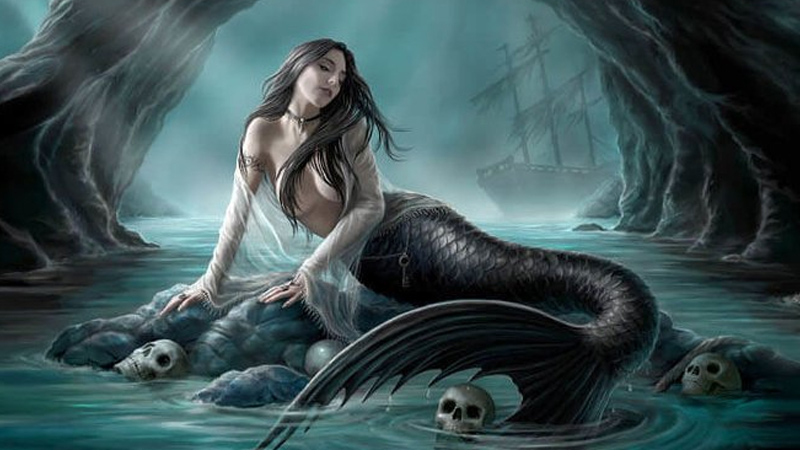
Sirens were mythical creatures in Greek mythology that were half-woman, half-bird. They were depicted as having the upper body of a woman and the lower body of a bird, with wings and talons in place of human legs and feet.
Sirens were known for their beautiful singing voices, which were said to be so captivating that sailors who heard them would become entranced and lose their way. Sirens were often depicted as luring sailors to their deaths with their singing, and were seen as dangerous and malevolent creatures.
In terms of strength, Sirens were generally depicted as being physically weak and unable to defend themselves in combat. However, their ability to mesmerize and entrap sailors with their singing made them formidable foes.
Overall, Sirens were seen as dangerous and malevolent creatures in Greek mythology, with the ability to lure sailors to their deaths with their beautiful singing. They were not necessarily depicted as being particularly strong or physically formidable, but rather as being seductive and manipulative beings who used their voices to ensnare their victims.
12. The Cerberus
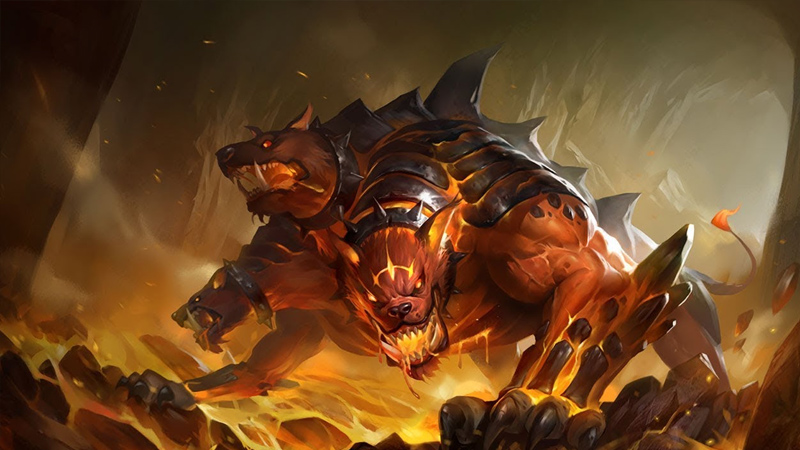
Cerberus was a mythical creature in Greek mythology that was a multi-headed dog with serpentine tails. He was the guardian of the underworld and was responsible for preventing the dead from leaving and the living from entering.
Cerberus was depicted as being a massive and formidable creature, with three heads, each of which had a pair of sharp teeth. He was also said to have a serpent’s tail and the ability to breathe fire.
In terms of strength, Cerberus was generally depicted as being incredibly strong and nearly impervious to injury. He was said to be able to overpower and defeat any mortal who tried to enter the underworld, and was only able to be subdued by the hero Hercules as part of his Twelve Labors.
Overall, Cerberus was seen as a powerful and formidable creature in Greek mythology, with the ability to guard the underworld and prevent the living and the dead from crossing over. He was known for his strength and ferocity, and was feared by many in the ancient world.
11. The Medusa
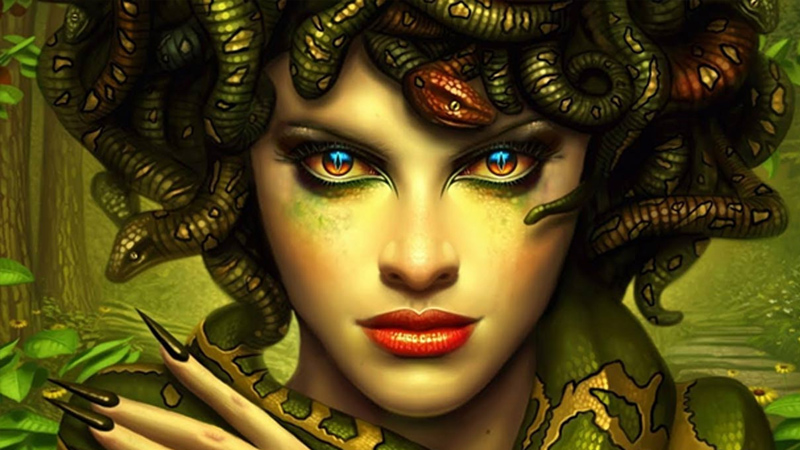
Medusa was a mythical creature in Greek mythology that was a woman with snakes for hair and the ability to turn people to stone with her gaze. She was one of the three Gorgons, a group of terrifying female monsters who were said to have snakes for hair and the ability to turn people to stone with their gaze.
Medusa was depicted as being a beautiful woman, but with snakes for hair and a gaze that could turn people to stone. She was said to be a formidable and terrifying creature, with the ability to turn anyone who looked into her eyes to stone.
In terms of strength, Medusa was generally depicted as being physically weak and unable to defend herself in combat. However, her ability to turn people to stone with her gaze made her a formidable foe. She was eventually slain by the hero Perseus, who used a mirror to avoid looking directly at her and cut off her head.
Overall, Medusa was seen as a fearsome and terrifying creature in Greek mythology, with the ability to turn people to stone with her gaze. She was not necessarily depicted as being physically strong or formidable, but rather as being a deadly and formidable foe due to her unique abilities.
10. The Gorgons
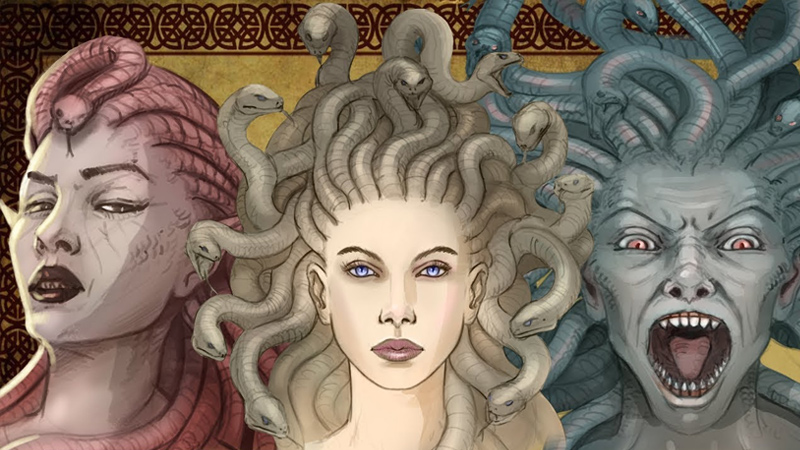
The Gorgons were a group of terrifying female monsters in Greek mythology who were said to have snakes for hair and the ability to turn people to stone with their gaze. There were three Gorgons: Medusa, Stheno, and Euryale.
The Gorgons were depicted as being fearsome and terrifying creatures, with snakes for hair and the ability to turn people to stone with their gaze. They were said to be nearly impervious to injury, with skin that was as hard as steel.
In terms of strength, the Gorgons were generally depicted as being physically strong and formidable, with the ability to turn people to stone with their gaze and skin that was nearly impervious to injury. They were feared by many in the ancient world and were said to be able to defeat even the bravest of heroes.
Overall, the Gorgons were seen as powerful and terrifying creatures in Greek mythology, with the ability to turn people to stone with their gaze and skin that was nearly impervious to injury. They were feared by many in the ancient world and were seen as formidable foes.
9. The Nemean Lion
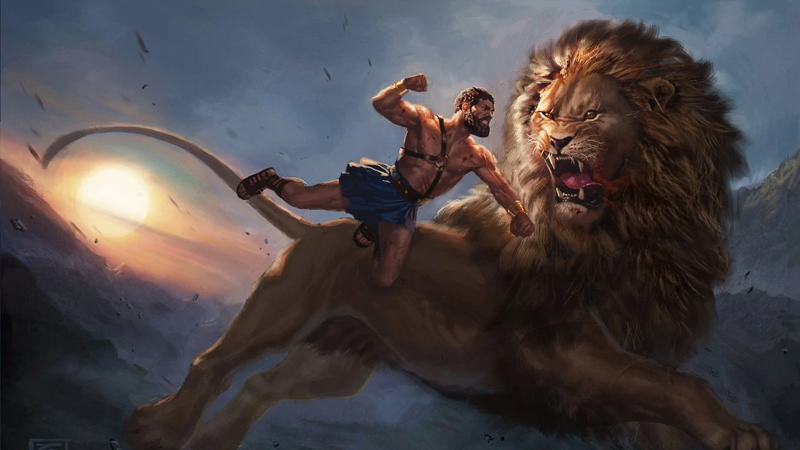
The Nemean Lion was a mythical creature in Greek mythology that was a lion with impenetrable skin. It was said to have terrorized the people of Nemea, a region in Greece, and was eventually slain by the hero Hercules as part of his Twelve Labors.
The Nemean Lion was depicted as being a massive and powerful creature, with skin that was impenetrable by any weapon. It was said to be incredibly strong and able to overpower even the bravest of heroes.
In terms of strength, the Nemean Lion was generally depicted as being incredibly powerful and nearly impervious to injury. Its impenetrable skin made it nearly invulnerable to attack, and it was said to be able to overpower any mortal who tried to defeat it.
Overall, the Nemean Lion was seen as a powerful and formidable creature in Greek mythology, with impenetrable skin and incredible strength. It was feared by many in the ancient world and was seen as a formidable foe that could only be defeated by the bravest of heroes.
8. The Erymanthian Boar
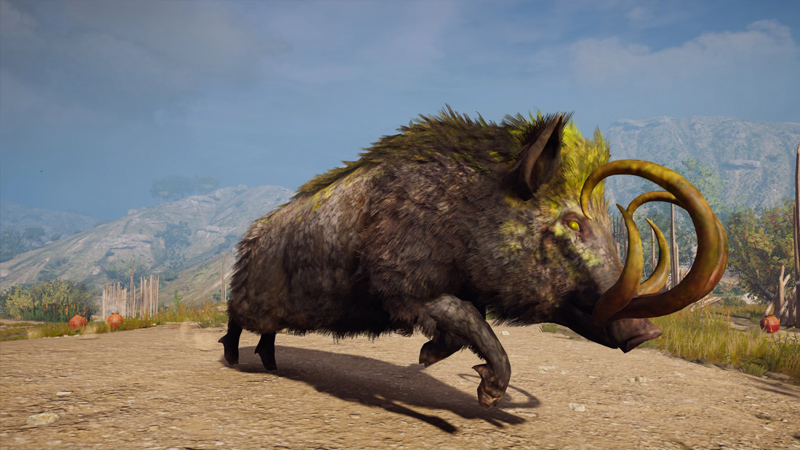
The Erymanthian Boar was a mythical creature in Greek mythology that was a massive and ferocious wild boar. It was said to terrorize the people of the Erymanthos region in Greece, and was eventually slain by the hero Hercules as part of his Twelve Labors.
The Erymanthian Boar was depicted as being a massive and powerful creature, with sharp tusks and a ferocious nature. It was said to be incredibly strong and able to overpower even the bravest of heroes.
In terms of strength, the Erymanthian Boar was generally depicted as being incredibly powerful and formidable, with sharp tusks and a fierce nature. It was feared by many in the ancient world and was seen as a formidable foe that could only be defeated by the bravest of heroes.
Overall, the Erymanthian Boar was seen as a powerful and fearsome creature in Greek mythology, with sharp tusks and a fierce nature. It was feared by many in the ancient world and was seen as a formidable foe that could only be defeated by the bravest of heroes.
7. The Sphinx
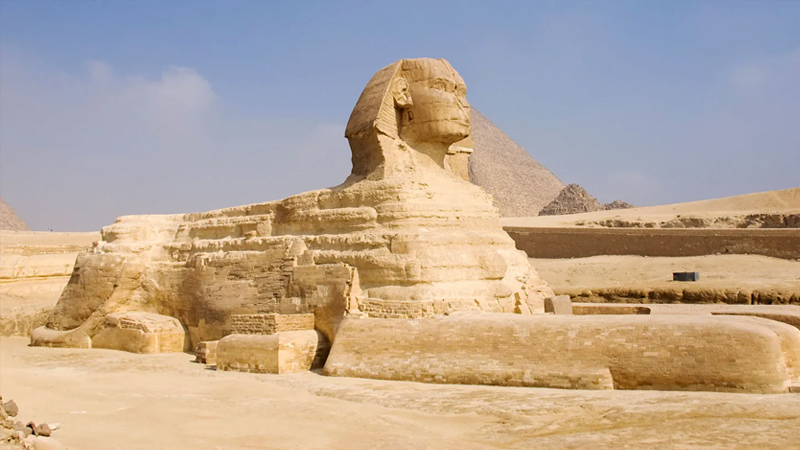
The Sphinx was a mythical creature in Greek mythology that was a creature with the body of a lion, the wings of an eagle, and the head of a human. It was known for posing riddles to travelers and requiring them to solve the riddle in order to pass. If the traveler was unable to solve the riddle, the Sphinx would devour them.
The Sphinx was depicted as being a formidable and terrifying creature, with the body of a lion, the wings of an eagle, and the head of a human. It was said to be incredibly strong and able to overpower even the bravest of heroes.
In terms of strength, the Sphinx was generally depicted as being physically powerful and formidable, with the body of a lion and the wings of an eagle. It was also depicted as being intelligent and cunning, with the ability to pose riddles that were difficult to solve.
Overall, the Sphinx was seen as a powerful and fearsome creature in Greek mythology, with the body of a lion, the wings of an eagle, and the head of a human. It was feared by many in the ancient world and was seen as a formidable foe that could only be defeated by those who were able to solve its riddles.
6. The Minotaur
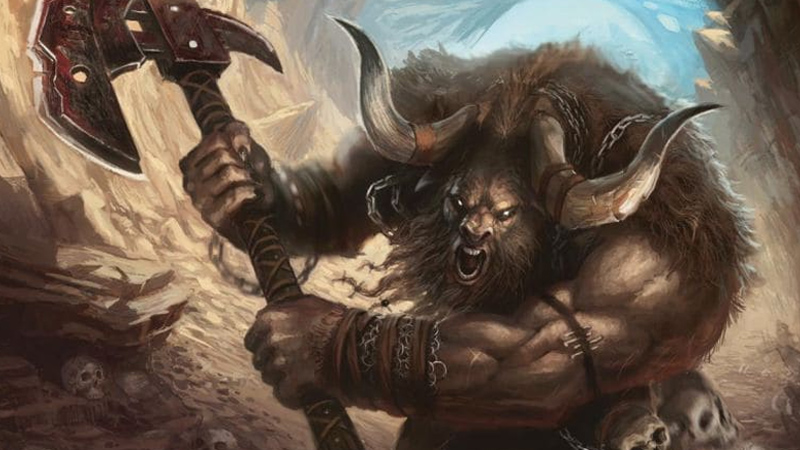
The Minotaur was a mythical creature in Greek mythology that was a monster with the body of a man and the head of a bull. It was said to dwell in the Labyrinth, a complex maze on the island of Crete, and was eventually slain by the hero Theseus.
The Minotaur was depicted as being a massive and powerful creature, with the body of a man and the head of a bull. It was said to be incredibly strong and able to overpower even the bravest of heroes.
In terms of strength, the Minotaur was generally depicted as being incredibly powerful and formidable, with the body of a man and the head of a bull. It was feared by many in the ancient world and was seen as a formidable foe that could only be defeated by the bravest of heroes.
Overall, the Minotaur was seen as a powerful and fearsome creature in Greek mythology, with the body of a man and the head of a bull. It was feared by many in the ancient world and was seen as a formidable foe that could only be defeated by the bravest of heroes.
5. The Phoenix
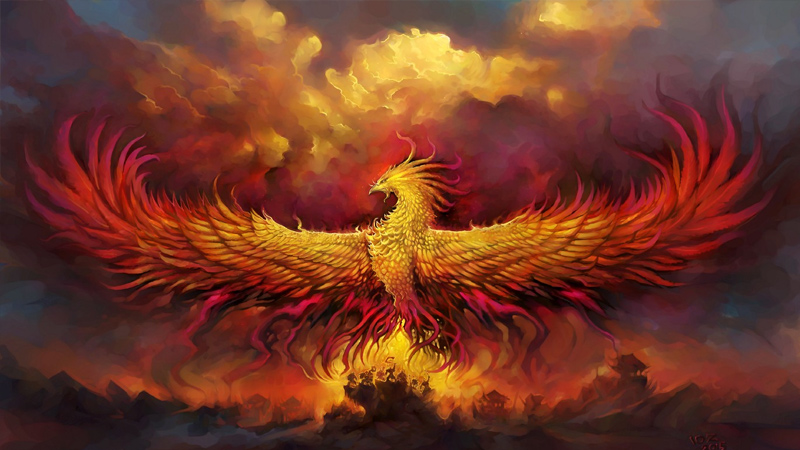
The Phoenix was a mythical creature in Greek mythology that was a bird with beautiful, colorful plumage. It was said to be able to rise from the ashes of its own death, reborn anew. The Phoenix was associated with the sun and was often depicted as being a symbol of renewal and rebirth.
In terms of strength, the Phoenix was generally depicted as being physically strong and able to fly, but it was not necessarily depicted as being a particularly formidable or powerful creature. Its greatest strength was its ability to be reborn from its own ashes, giving it a kind of immortality.
Overall, the Phoenix was seen as a symbol of renewal and rebirth in Greek mythology, with the ability to rise from the ashes of its own death. It was not necessarily depicted as being a particularly strong or powerful creature, but rather as a symbol of hope and renewal.
4. The Cyclops
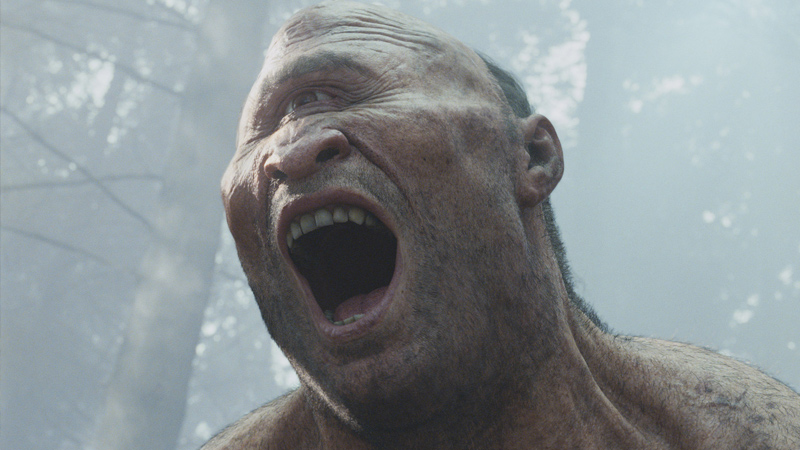
The Cyclops were a race of giant, one-eyed monsters in Greek mythology. They were depicted as being massive and powerful, with a single eye in the center of their forehead. The Cyclops were known for their strength and their ability to forge weapons and other objects with their great furnaces.
There were three Cyclops in Greek mythology: Polyphemus, Brontes, and Steropes. Polyphemus was the most well-known of the Cyclops, as he was encountered by the hero Odysseus in the Odyssey. Polyphemus was depicted as being a massive and powerful creature, with a single eye in the center of his forehead and the ability to forge weapons with his great furnaces.
In terms of strength, the Cyclops were generally depicted as being incredibly strong and powerful, with the ability to forge weapons and other objects with their great furnaces. They were feared by many in the ancient world and were seen as formidable foes that could only be defeated by the bravest of heroes.
Overall, the Cyclops were seen as powerful and formidable creatures in Greek mythology, with a single eye in the center of their forehead and the ability to forge weapons with their great furnaces. They were feared by many in the ancient world and were seen as formidable foes that could only be defeated by the bravest of heroes.
3. The Kraken
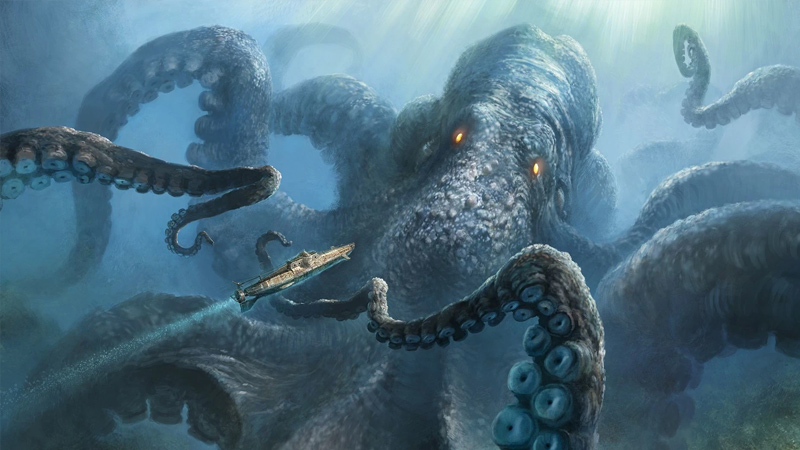
The Kraken was a mythical creature in Norse mythology that was a giant sea monster with tentacles. It was said to dwell in the depths of the ocean and was known for dragging ships and sailors to their doom.
The Kraken was depicted as being a massive and powerful creature, with tentacles that were strong enough to drag ships and sailors to their doom. It was said to be nearly impervious to attack and was feared by sailors and sea-farers.
In terms of strength, the Kraken was generally depicted as being incredibly powerful and formidable, with tentacles that were strong enough to drag ships and sailors to their doom. It was feared by many in the ancient world and was seen as a formidable foe that could only be defeated by the bravest of heroes.
Overall, the Kraken was seen as a powerful and fearsome creature in Norse mythology, with tentacles that were strong enough to drag ships and sailors to their doom. It was feared by many in the ancient world and was seen as a formidable foe that could only be defeated by the bravest of heroes.
2. The Chimera
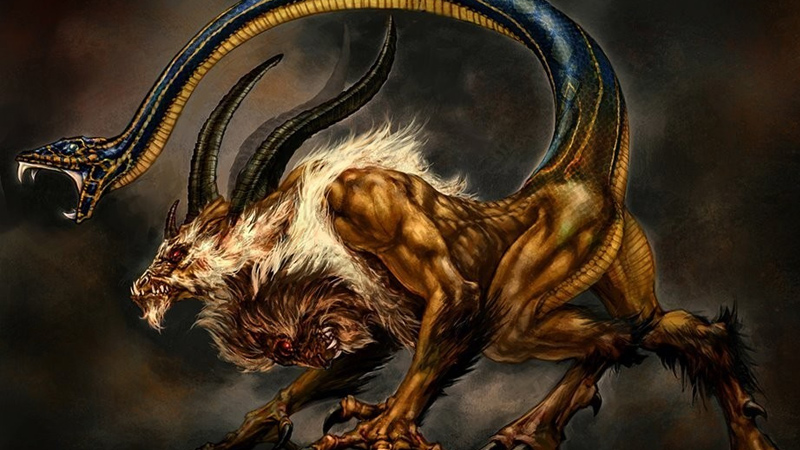
The Chimera was a mythical creature in Greek mythology that was a monstrous, fire-breathing creature with the body of a lion, the head of a goat, and the tail of a serpent. It was said to dwell in Lycia, a region in Anatolia, and was eventually slain by the hero Bellerophon.
The Chimera was depicted as being a massive and powerful creature, with the body of a lion, the head of a goat, and the tail of a serpent. It was said to be able to breathe fire and was feared by many in the ancient world.
- RELATED: 30 Best Movies About Ancient Greece
In terms of strength, the Chimera was generally depicted as being incredibly powerful and formidable, with the body of a lion, the head of a goat, and the tail of a serpent. It was feared by many in the ancient world and was seen as a formidable foe that could only be defeated by the bravest of heroes.
Overall, the Chimera was seen as a powerful and fearsome creature in Greek mythology, with the body of a lion, the head of a goat, and the tail of a serpent. It was feared by many in the ancient world and was seen as a formidable foe that could only be defeated by the bravest of heroes.
1. The Hydra
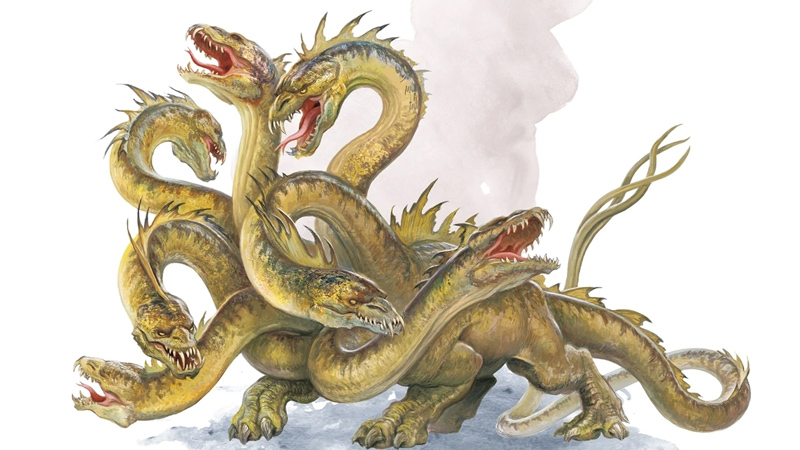
The Hydra was a mythical creature in Greek mythology that was a serpent-like monster with multiple heads. It was said to dwell in the swamps of Lerna, a region in Greece, and was eventually slain by the hero Hercules as part of his Twelve Labors.
The Hydra was depicted as being a massive and powerful creature, with multiple heads and the ability to regenerate new heads whenever one was cut off. It was said to be incredibly strong and able to overpower even the bravest of heroes.
In terms of strength, the Hydra was generally depicted as being incredibly powerful and formidable, with multiple heads and the ability to regenerate new heads whenever one was cut off. It was feared by many in the ancient world and was seen as a formidable foe that could only be defeated by the bravest of heroes.
Overall, the Hydra was seen as a powerful and fearsome creature in Greek mythology, with multiple heads and the ability to regenerate new heads whenever one was cut off. It was feared by many in the ancient world and was seen as a formidable foe that could only be defeated by the bravest of heroes.


